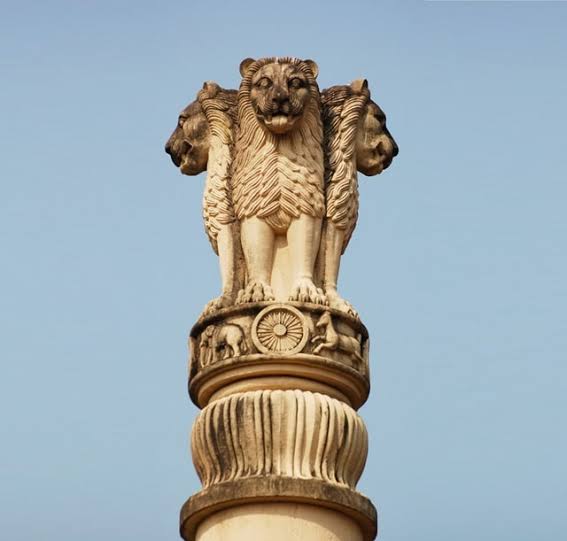
Ashoka Pillar
Sarnath, India
- Explore the Ashoka Pillar ruins.
- Learn about Buddhist philosophy.
- Meditate in the peaceful surroundings.
- Photograph the historical site.
- Visit the Sarnath Museum.
Known for:
Description:
The Ashoka Pillar in Sarnath is a must-see for history buffs and anyone interested in Buddhism. This towering pillar, though only the base remains in its original location, marks the spot where Buddha first taught the Dharma after attaining enlightenment. The iconic Lion Capital, which once crowned the pillar, is now housed in the Sarnath Museum and is the national emblem of India. Visiting the site offers a serene and reflective experience, connecting you to a pivotal moment in Buddhist history. The surrounding ruins of the ancient monastery further enhance the atmosphere, transporting you back in time.
History:
Emperor Ashoka, a convert to Buddhism after the Kalinga War, erected the Ashoka Pillar in Sarnath around 250 BCE. It served as a symbol of his commitment to Dharma and a marker of the sacred site where Buddha delivered his first sermon. The pillar was originally much taller, featuring the Lion Capital atop a Dharma Chakra (wheel of law). Over time, the pillar was damaged and eventually collapsed, but the remaining base and the Lion Capital were rediscovered during archaeological excavations in the early 20th century. The Lion Capital's four lions symbolize power, courage, and confidence, while the Dharma Chakra represents the Buddhist law.